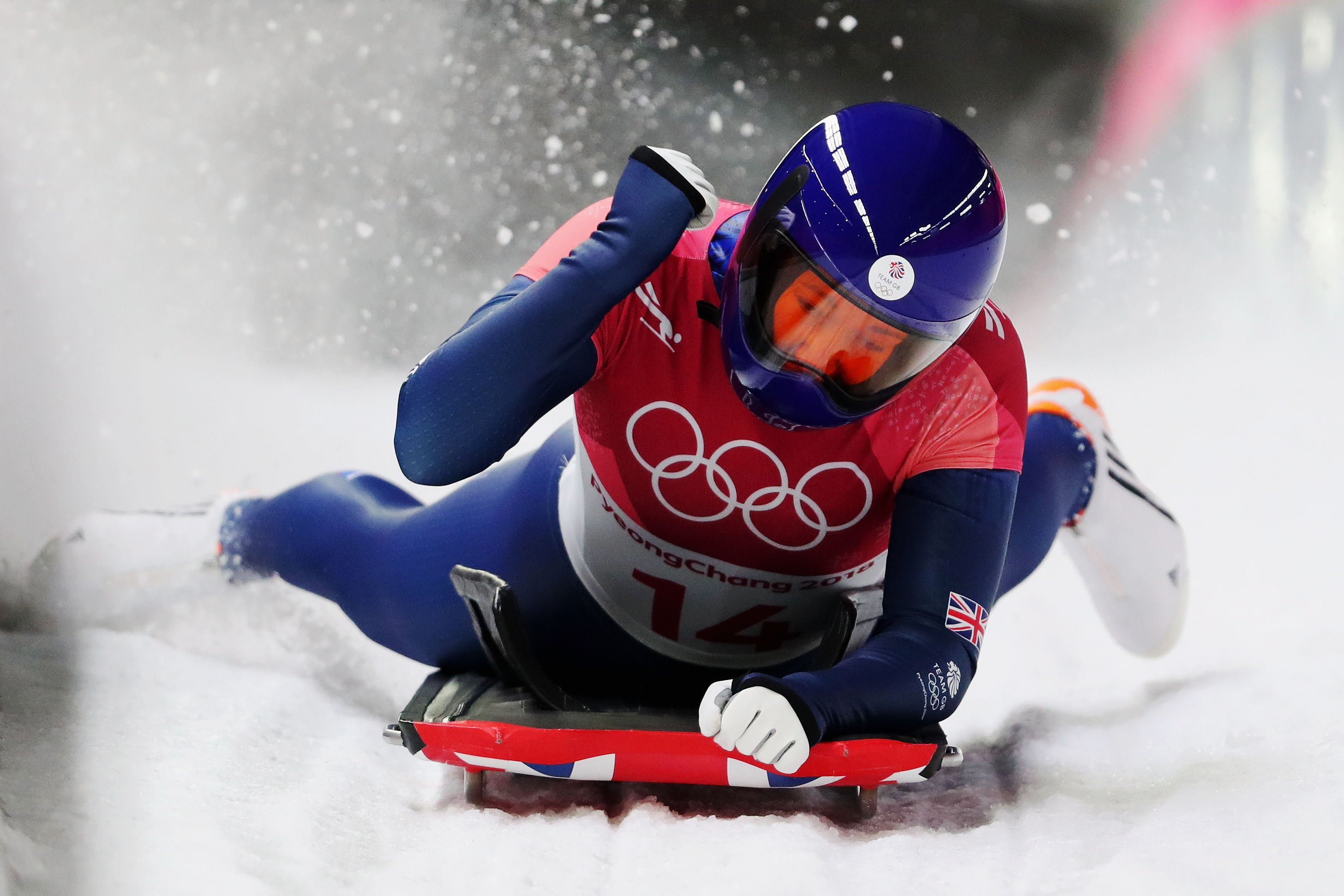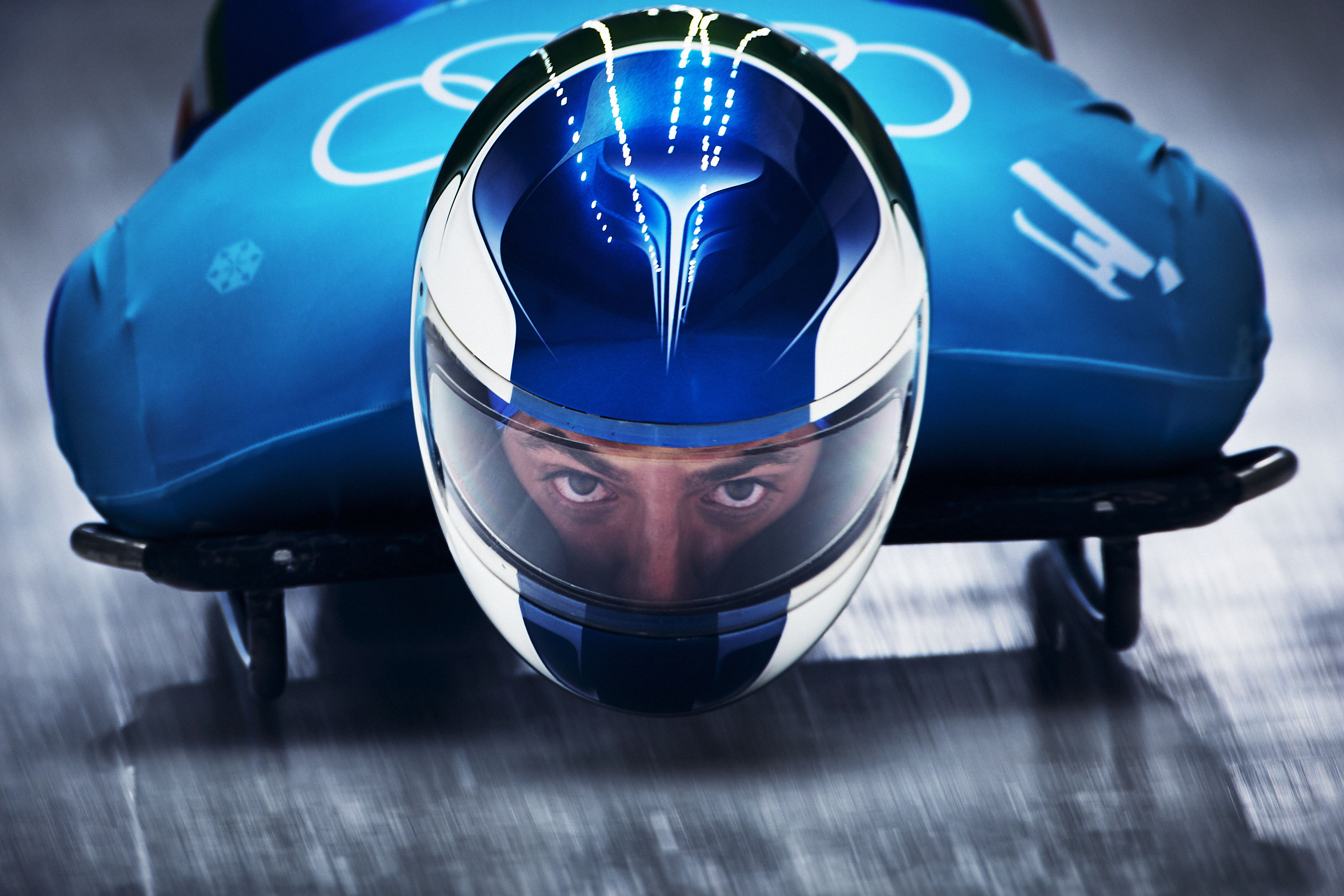You May Like This
Fan26 takes you on the discovery of one of the oldest disciplines in the Olympic Winter Games program: skeleton
Skeleton is one of the three gliding disciplines that will be part of the Olympic Winter Games Milano Cortina 2026, alongside bobsleigh and luge.
With only nine medals at stake - it is one of the disciplines with the fewest events at the Winter Games -, the competition for the Olympic skeleton podium will be fierce, with many nations ready to impress, including Italy, the host of the next Olympic and Paralympic Games.
Athletes race down a narrow ice track at extreme speed, displaying courage and nerves of steel, and turning each competition into a unique and exciting thrill-fest.
So, what are the rules of this fascinating sport? Let's find out together!
Basic Rules
Skeleton, similar to bobsleigh and especially luge, is one of the oldest winter sports. Athletes start standing up, as for bobsleigh, and after the initial push, dive into a prone position on the sled, descending at 130-140km/h into the icy run, and guiding the sled with their body. Unlike the luge, the skeletonist's position is face down.
Competitions at Milano Cortina 2026 will consist of 3 events:
- Men's individual
- Women's individual
- Mixed team event
How Does a Competition Unfold?
At the green light, athletes have 30 seconds to set off. After the initial run-up, from 25 to 40m, in which they push the sled grasping it by its supports, they lie down on it, and guide it throughout the run only with their body. During the race, speed peaks of up to 130-140km/h are reached.
The races take place on the same ice track used for luge and bobsleighing. The length of the track ranges between 1,200m and 1,650m, with a maximum gradient of 12 per cent. The skeleton track in Beijing 2022 had the first 180-degree turn of any Olympic Winter Games.
Athletes compete on the same track in each event, and every rider runs four heats over two days. Each run is timed to the hundredth of a second and the times of the four runs are added together. The athlete with the shorter total time wins.
Equipment
You need two things to practice skeleton: a sledge and appropriate clothing.
The sled used in this sport has a steel frame with a padded top, so that the athlete is more comfortable.
The uniform consists of a helmet, a race suit and shoes. The design of the helmet is always carefully considered, as it must be as aerodynamic as possible. Shoes may have up to 8 spikes (7mm long with a 2mm diameter), to avoid ruining the ice on the run. The total weight between sledge and athlete should not exceed 115kg for men and 92kg for women. Any steering or braking elements are prohibited.

Axel Jungk, Germany, Skeleton, Olympic Winter Games Pyeongchang 2018
All the Fascination of Skeleton in Cortina d'Ampezzo
The queen of the Dolomites, recognized by UNESCO as a world heritage site, is ready to host the events of no less than five Olympic disciplines, including skeleton. In this unique venue, where fairytale landscapes are complemented by Corso Italia's elegant buildings, the heraldic coats of arms of Ampezzo families, and the enticing scent of burning wood and stone pine. Everything seems in harmony in this location that, after hosting the 1956 Olympic competitions, has been able to seduce Italy and the world with its timeless style and breathtaking slopes.
Indeed, the "Queen of the Dolomites" possesses a timeless charm. Great sporting events have been hosted here, from the 1956 Olympics to this day. You wouldn't want to miss this one-of-a-kind show, would you? Click on the ticketing button on our website and enter the draw to secure the best tickets.
You May Like This













































































